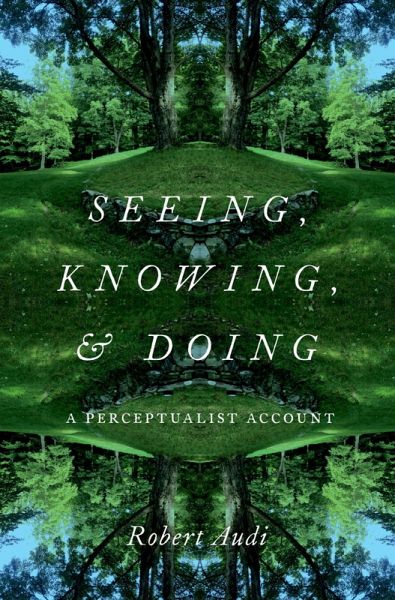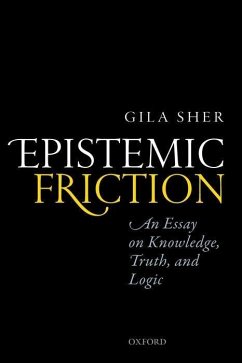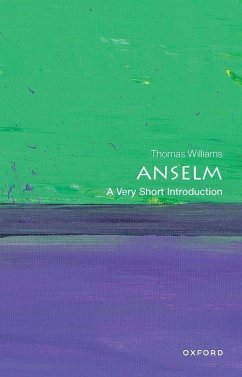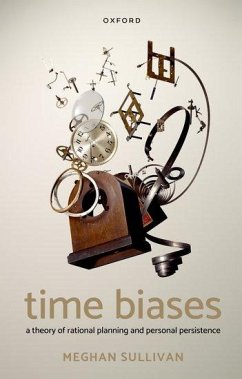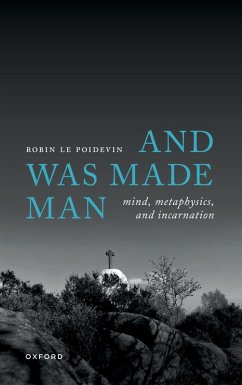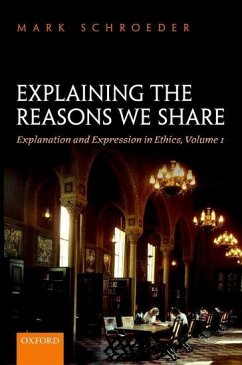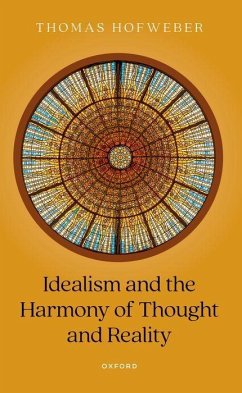Robert Audi is internationally known for his books, articles, and lectures in ethics (including political philosophy), the theory of knowledge, the philosophy of mind and action, and the philosophy of religion. His books since 2000 include Religious Commitment and Secular Reason (Cambridge 2000), a theory of the relation between church and state and, for individuals, between religion and politics; The Architecture of Reason (Oxford 2001), a theory of rationality that provides a partial foundation for ethics; The Good in the Right: A Theory of Intuition and Intrinsic Value (Princeton 2004), a presentation of some main elements in Audi's view in ethics; Practical Reasoning and Ethical Decision (Routledge 2006), an account of the nature and varieties of practical reasoning and its relation to moral standards; Moral Value and Human Diversity (Oxford 2007), a non-technical presentation of major approaches in ethics and value theory; Rationality and Religious Commitment (Oxford 2011), a comprehensive monograph in philosophy of religion (derived from the Wilde Lectures given much earlier at Oxford); Moral Perception (Princeton 2013), a theory of perceptual moral knowledge and its relation to emotion, intuition, and objectivity in ethics; Seeing, Knowing, and Doing (Oxford 2020), an account of perception of the physical, apprehension of the abstract, and how both underlie our actions; Of Moral Conduct: A Theory of Obligation, Reasons, and Value (Cambridge 2023); and (as Editor) The Cambridge Dictionary of Philosophy (Cambridge, 3rd ed. 2015). Audi is a past president of the American Philosophical Association, a former director of National Endowment for the Humanities Seminars and Institutes, a recipient of prizes and honors for lifetime contributions to philosophy, a Fellow of the American Academy of Arts and Sciences, and presently John A. O'Brien Professor of Philosophy, University of Notre Dame. His B. A. is from Colgate University, his Ph.D. from the University of Michigan.
